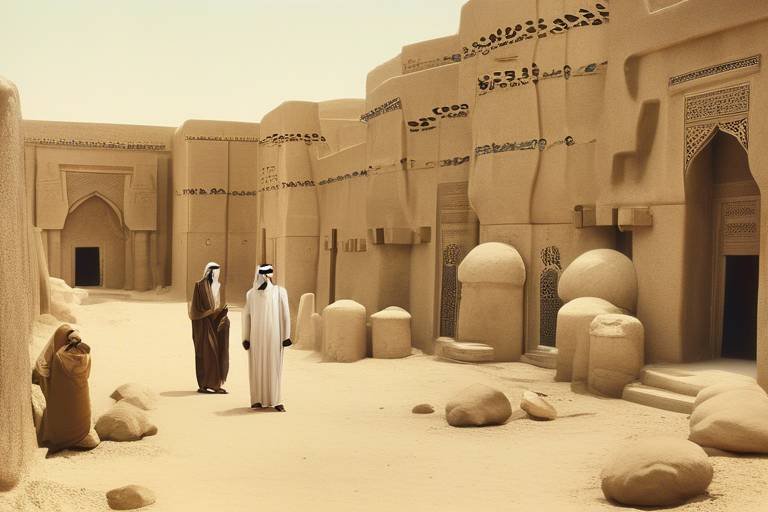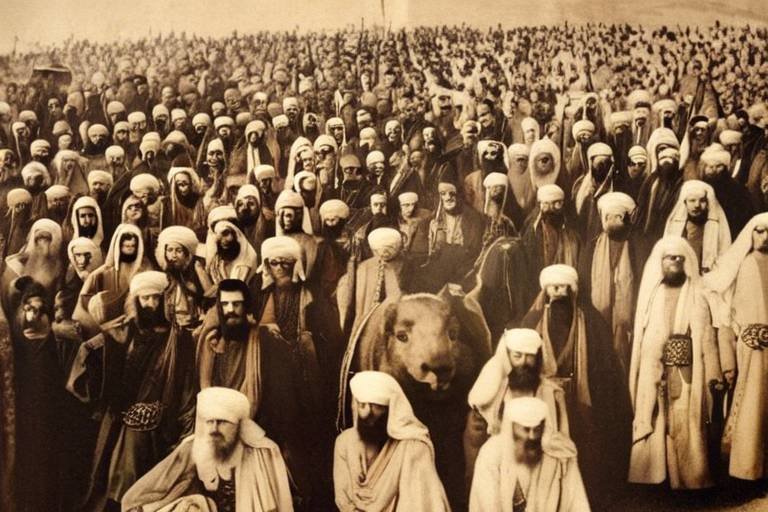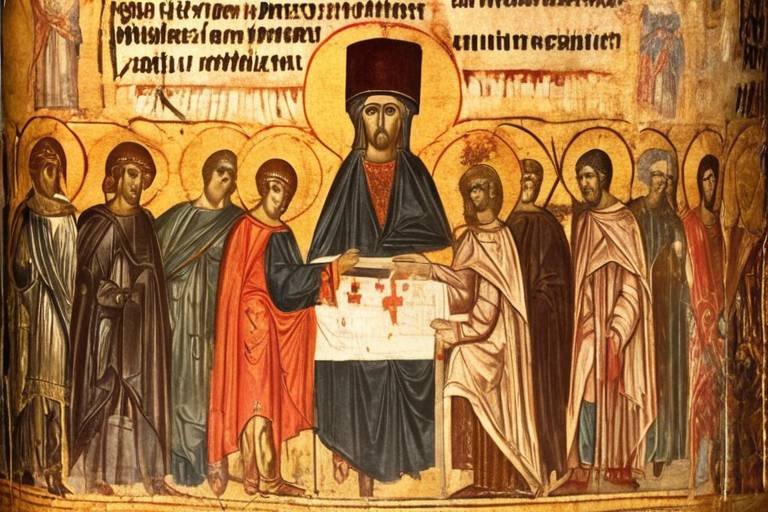The Forgotten Civilizations of the Andean Region
Have you ever wondered about the ancient civilizations that once thrived in the Andean region, leaving behind a legacy shrouded in mystery and awe? The Andes Mountains, with their rugged beauty and breathtaking landscapes, have been home to a multitude of cultures that have largely been forgotten by history books. These civilizations, such as the Chavin Culture, Nazca Lines, Tiwanaku Empire, Mochica Civilization, Inca Empire, Wari Culture, Chachapoya Civilization, Moche Culture, and Paracas Culture, each had their unique contributions to art, architecture, technology, and society.
Among these forgotten civilizations, the Chavin Culture stands out for its impressive architecture and religious significance. The Chavin people, who inhabited the Andean highlands around 900 BC, constructed intricate stone temples and sculptures that reflected their spiritual beliefs. Their advanced understanding of acoustics and stone carving techniques still puzzle archaeologists today.
Another enigmatic civilization, the Nazca Lines, captures the imagination with massive geoglyphs etched into the Peruvian desert by the Nazca people. These intricate designs, visible only from above, have sparked numerous theories about their purpose and creation methods. Were they astronomical calendars, ritual pathways, or messages to the gods?
The Tiwanaku Empire, a pre-Columbian civilization that thrived near Lake Titicaca, left behind monumental ruins that testify to their engineering prowess. The iconic Gateway of the Sun and the Akapana pyramid are just a few examples of their architectural achievements that continue to fascinate historians and visitors alike.
Delving into the artistic and technological achievements of the Mochica civilization reveals a society known for its elaborate metalwork and ceramics. The Moche people's intricate pottery depicting scenes of daily life and ritual practices provide valuable insights into their culture and beliefs.
The rise and fall of the mighty Inca Empire, with its advanced engineering feats and administrative organization, remains a testament to human ingenuity. From the awe-inspiring citadel of Machu Picchu to the extensive network of roads connecting their vast empire, the Incas left behind a lasting legacy in the Andean region.
Before the Inca conquest, the Wari culture thrived in the Andean highlands, showcasing a sophisticated society with elaborate urban planning and artistic expression. Their intricate textiles and pottery reflect a rich cultural heritage that has only recently begun to be fully appreciated by modern scholars.
The Chachapoya civilization, also known as the Cloud Warriors, built impressive cliffside fortresses that still cling to the steep mountainsides of the Andes. Their strategic location and architectural ingenuity highlight a society that adapted to the challenging terrain of the cloud forest.
Exploring the Moche culture unveils a complex society that excelled in agriculture, art, and engineering. The Moche people's stunning artifacts, including intricate jewelry and detailed murals, provide a glimpse into their social structure and religious practices.
Lastly, the ancient Paracas culture along the southern coast of Peru is renowned for its intricate textiles and elaborate funerary practices. The Paracas people's skill in weaving vibrant fabrics and their elaborate burial rituals showcase a society deeply connected to the natural world and the afterlife.
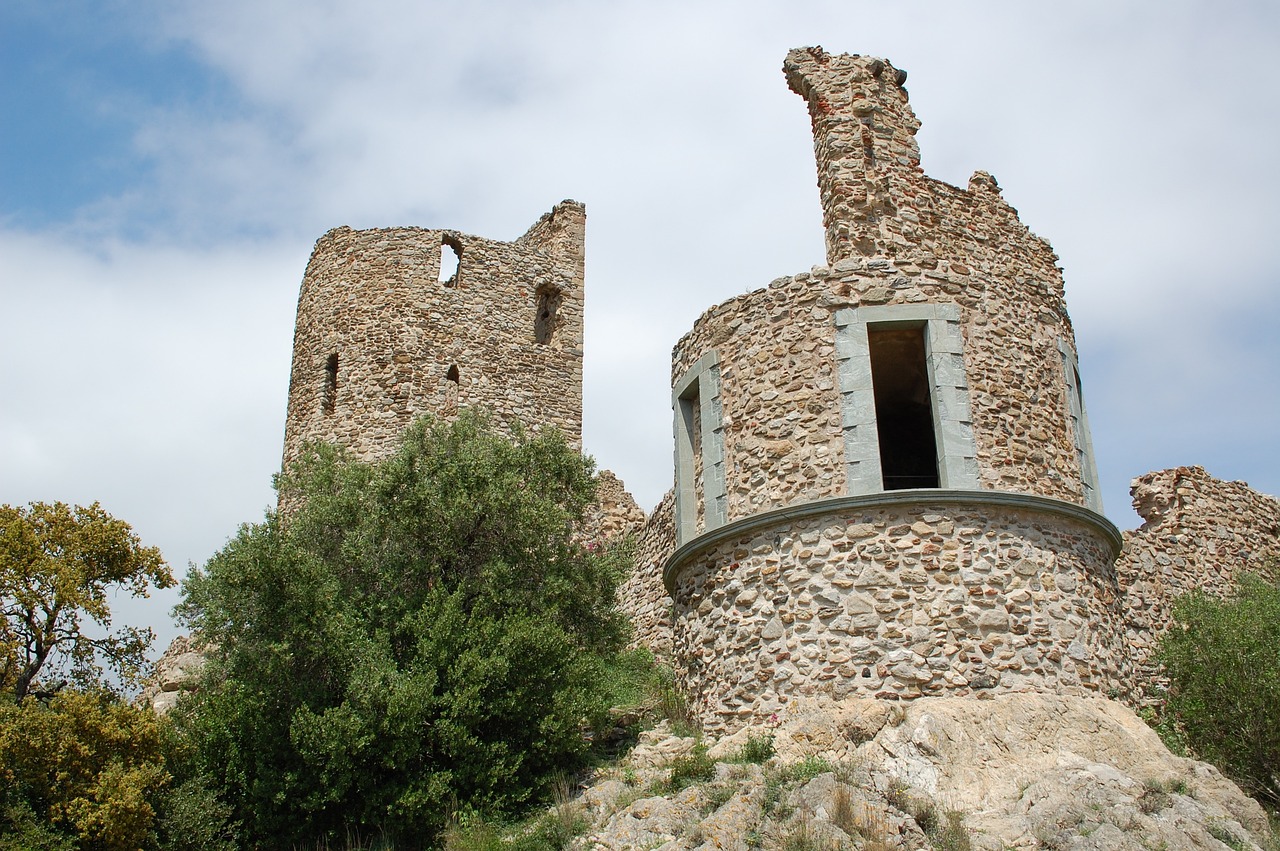
Chavin Culture
The Chavin culture, one of the oldest civilizations in the Andean region, flourished between 900 and 200 BCE. Nestled in the highlands of present-day Peru, the Chavin people left a lasting legacy through their remarkable architecture and religious practices. Their most famous site, the Chavin de Huantar, is a complex of temples and plazas adorned with intricate stone carvings and sculptures that depict mythical beings and deities.
Central to Chavin society was their religious beliefs, centered around shamanism and the worship of nature. The Chavin priests, believed to have possessed supernatural powers, conducted elaborate rituals involving hallucinogenic substances to communicate with the spiritual realm. These ceremonies were crucial in maintaining social order and cohesion within the community.
The Chavin culture is also known for its advanced metallurgy and artistic expressions. They crafted intricate jewelry, pottery, and textiles, showcasing their skill and creativity. The use of symbolism in their artwork reflected their spiritual beliefs and connection to the natural world, with motifs of animals and plants prevalent in their designs.
Despite the decline of the Chavin civilization around 200 BCE, their influence on subsequent Andean cultures was profound. Elements of Chavin art and religion can be seen in the iconography of later societies such as the Moche and Nazca. The Chavin culture stands as a testament to the ingenuity and spiritual depth of the ancient peoples of the Andean region.
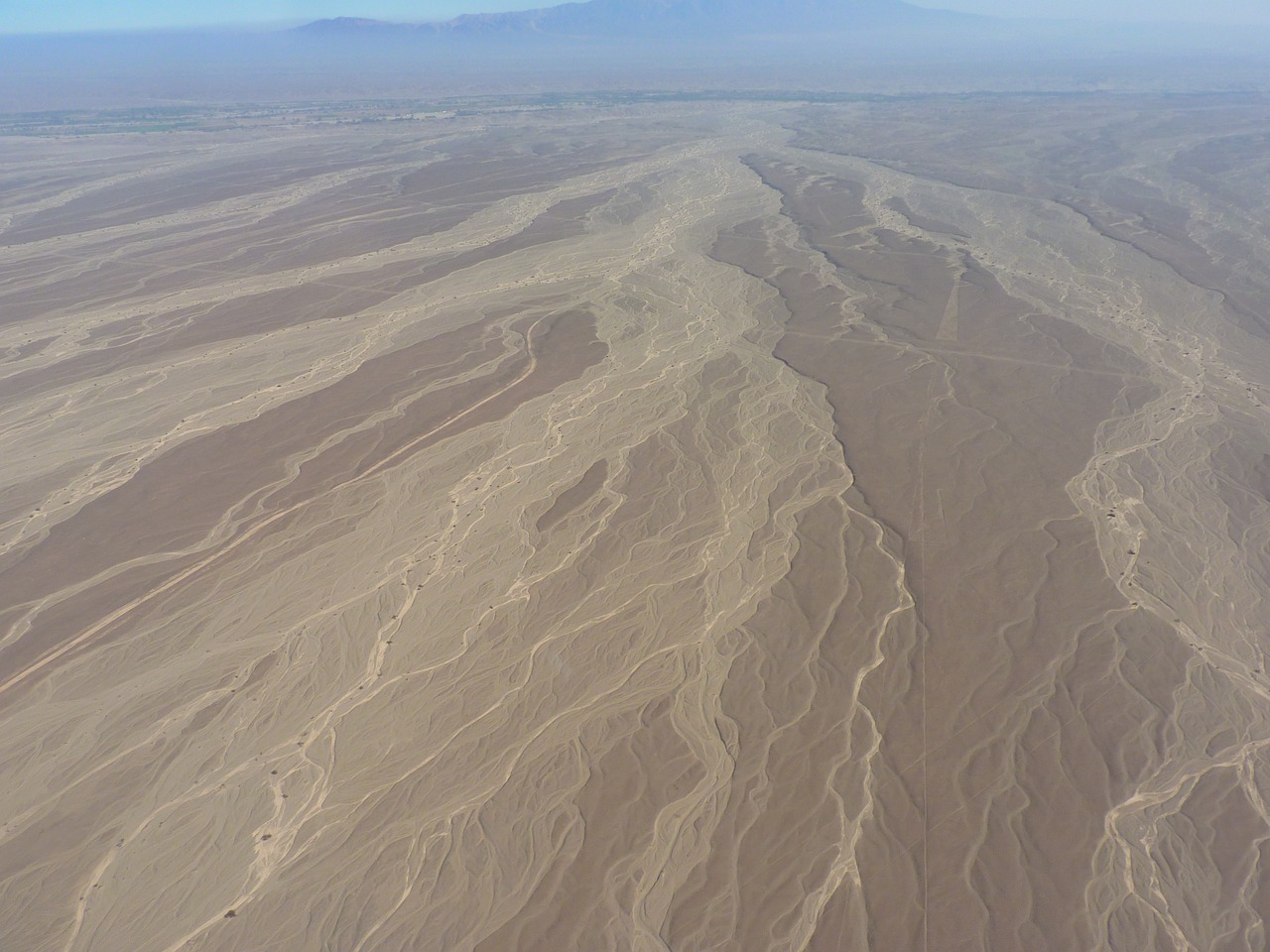
Nazca Lines
The Nazca Lines are one of the most intriguing mysteries of ancient civilizations in the Andean region. These massive geoglyphs, etched into the Peruvian desert by the Nazca people, have puzzled researchers and visitors alike for centuries. Stretching across the arid landscape, these intricate designs include various animals, plants, and geometric shapes, some of which can only be fully appreciated from high above. The precision and scale of the Nazca Lines raise questions about the technological capabilities and cultural significance of the Nazca civilization.
One of the most fascinating aspects of the Nazca Lines is how these intricate designs were created without the aid of modern technology. The sheer size of some of the geoglyphs, such as the famous hummingbird or the spider, is awe-inspiring. How did the Nazca people achieve such accuracy and scale without the tools we take for granted today? The purpose behind these geoglyphs remains a subject of debate among archaeologists and historians.
Some theories suggest that the Nazca Lines served as pathways for ceremonial processions or had astronomical significance, aligning with the movements of celestial bodies. Others propose that they were connected to water rituals, reflecting the importance of water in the desert environment. The mystery surrounding the Nazca Lines continues to captivate explorers and researchers, inviting speculation and wonder about the ancient Nazca civilization.
Visiting the Nazca Lines today offers a unique opportunity to witness these incredible creations firsthand. From the viewing platforms or the air, visitors can appreciate the scale and intricacy of the geoglyphs, marveling at the dedication and vision of the Nazca people. The preservation of these ancient designs is crucial for future generations to appreciate and study, ensuring that the legacy of the Nazca civilization endures.
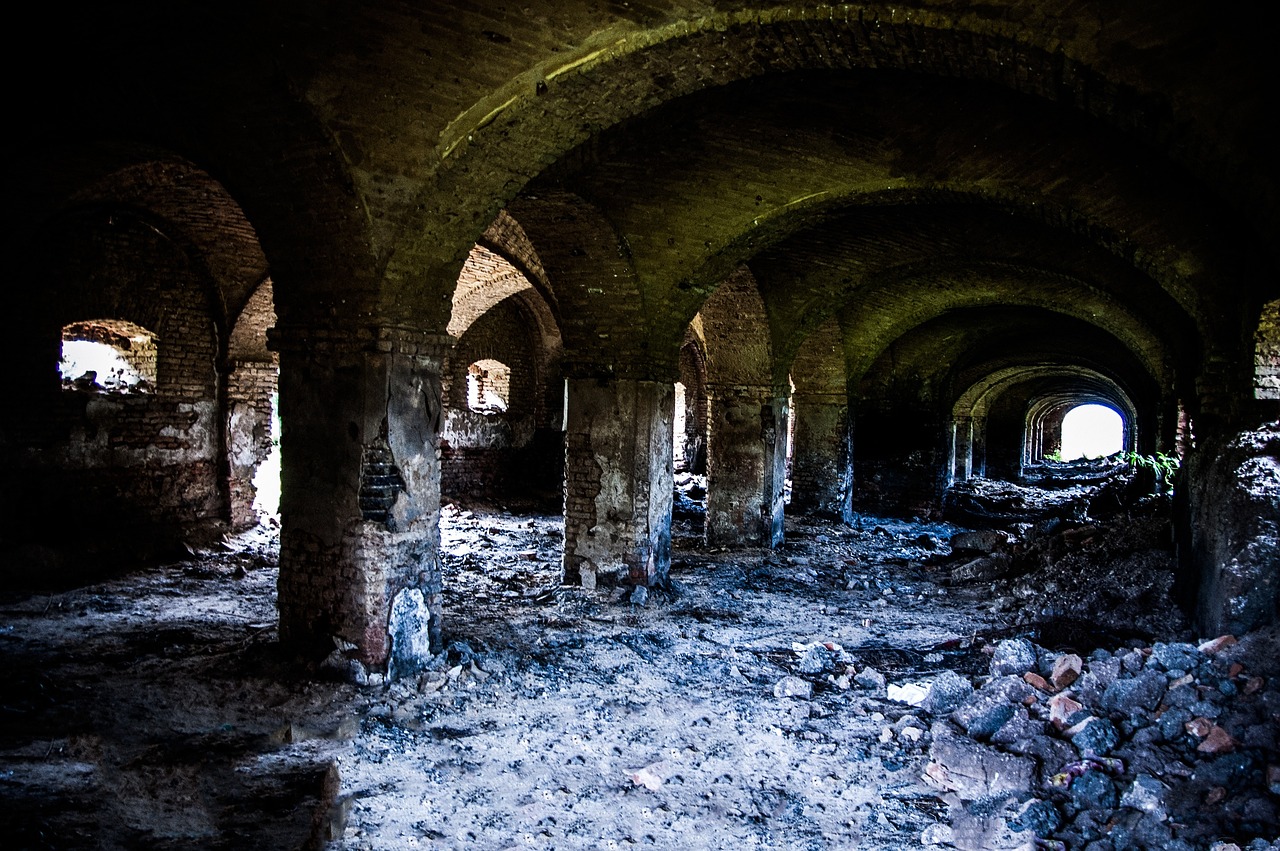
Tiwanaku Empire
The Tiwanaku Empire, a pre-Columbian civilization that thrived near Lake Titicaca, holds a significant place in the history of the Andean region. Flourishing between 300 and 1150 AD, the Tiwanaku people left behind a legacy of impressive architectural achievements and cultural advancements that continue to intrigue archaeologists and historians alike.
At the heart of the Tiwanaku Empire was the city of Tiwanaku, a bustling urban center that served as the political, religious, and cultural hub of the civilization. The city's monumental structures, such as the Akapana pyramid and the Kalasasaya temple, showcase the advanced engineering skills of the Tiwanaku people.
One of the most iconic symbols of the Tiwanaku Empire is the Gateway of the Sun, a monolithic sculpture adorned with intricate carvings depicting celestial beings and mythological figures. This masterpiece not only highlights the artistic prowess of the Tiwanaku civilization but also hints at their advanced understanding of astronomy and cosmology.
The Tiwanaku Empire's influence extended beyond architectural marvels, as evidenced by their extensive trade networks and agricultural innovations. The Tiwanaku people were skilled farmers, utilizing terraced fields and sophisticated irrigation systems to cultivate crops at high altitudes, contributing to their economic prosperity and sustainable livelihood.
Despite the empire's eventual decline, the legacy of the Tiwanaku civilization endures through its monumental ruins and cultural artifacts, offering valuable insights into the rich tapestry of Andean history and the ingenuity of ancient civilizations.

Mochica Civilization
The Mochica Civilization, also known as the Moche, thrived along the northern coast of Peru from around 100 to 700 AD. This ancient civilization is renowned for its remarkable artistic and technological achievements, leaving behind a rich legacy that continues to fascinate archaeologists and historians alike.
The Moche people were skilled artisans, particularly known for their elaborate metalwork and ceramics. They crafted intricate pottery depicting scenes of everyday life, religious rituals, and mythical beings with remarkable detail and sophistication. The fine craftsmanship of Moche ceramics is a testament to their artistic prowess and cultural sophistication.
Moreover, the Moche civilization was highly advanced in terms of irrigation systems. They developed a complex network of canals and aqueducts to efficiently manage water resources for agriculture, allowing them to sustain a thriving agricultural economy in the arid coastal desert region where they lived.
One of the most iconic archaeological discoveries associated with the Moche culture is the Lord of Sipán, a royal tomb unearthed in the 1980s. This tomb contained a wealth of treasures, including intricate gold and silver ornaments, elaborate textiles, and ceremonial artifacts, showcasing the wealth and power of Moche rulers.
The Moche civilization is also known for its monumental adobe pyramids, such as the Huaca del Sol and Huaca de la Luna. These impressive structures served as religious and administrative centers, reflecting the hierarchical social organization and religious beliefs of the Moche people.
In addition to their artistic and architectural achievements, the Moche culture had a complex social structure with distinct social classes and specialized labor roles. They were skilled in warfare and engaged in ritual combat, as depicted in their vivid pottery scenes showing warriors and captives.
The legacy of the Mochica Civilization endures through the intricate artifacts and monumental structures they left behind, providing valuable insights into the cultural, artistic, and technological achievements of this ancient Andean civilization.
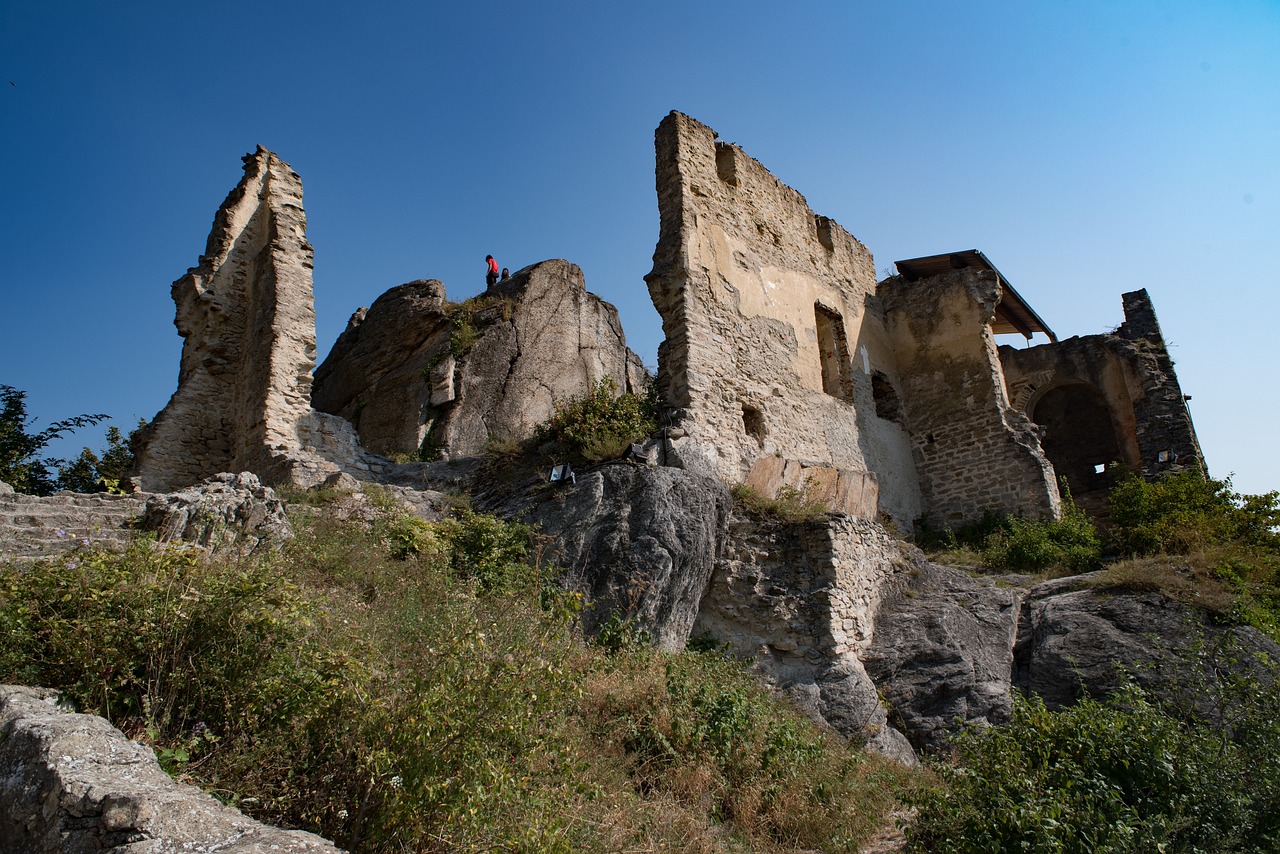
Inca Empire
The Inca Empire, also known as Tawantinsuyu, was the largest empire in pre-Columbian America. Stretching along the Andes Mountains, this powerful civilization ruled with remarkable engineering feats and strategic governance. At its peak, the Inca Empire spanned over 2,500 miles and encompassed a diverse population. The Incas were masterful architects, constructing intricate stone structures such as the famous Machu Picchu, showcasing their advanced knowledge of stonework and urban planning. Their road network, spanning thousands of miles, facilitated communication and trade across the empire, connecting distant regions and fostering unity among the diverse communities under their rule.
Central to the Inca civilization was their religious beliefs and rituals. The Incas worshipped various gods, with Inti, the sun god, holding a central role in their spiritual practices. Their elaborate ceremonies, including offerings and sacrifices, were conducted to appease the deities and ensure the prosperity of the empire. The Inca rulers, believed to be descendants of the sun god, held immense power and were revered as divine figures by their subjects.
The Inca Empire's administrative system was highly organized, with a complex hierarchy of officials overseeing different aspects of governance. The Inca ruler, known as the Sapa Inca, wielded supreme authority, supported by a network of nobles and administrators responsible for managing the empire's resources and territories. The Inca economy was based on a system of collective labor known as mit'a, where subjects contributed to state projects such as agricultural terracing, road construction, and temple building.
Despite its impressive achievements, the Inca Empire met its downfall with the arrival of Spanish conquistadors led by Francisco Pizarro in the 16th century. The Incas, weakened by internal conflicts and diseases brought by the Europeans, succumbed to the superior weaponry and tactics of the conquistadors. The fall of the Inca Empire marked the end of an era, as Spanish colonization reshaped the cultural and political landscape of the Andean region.
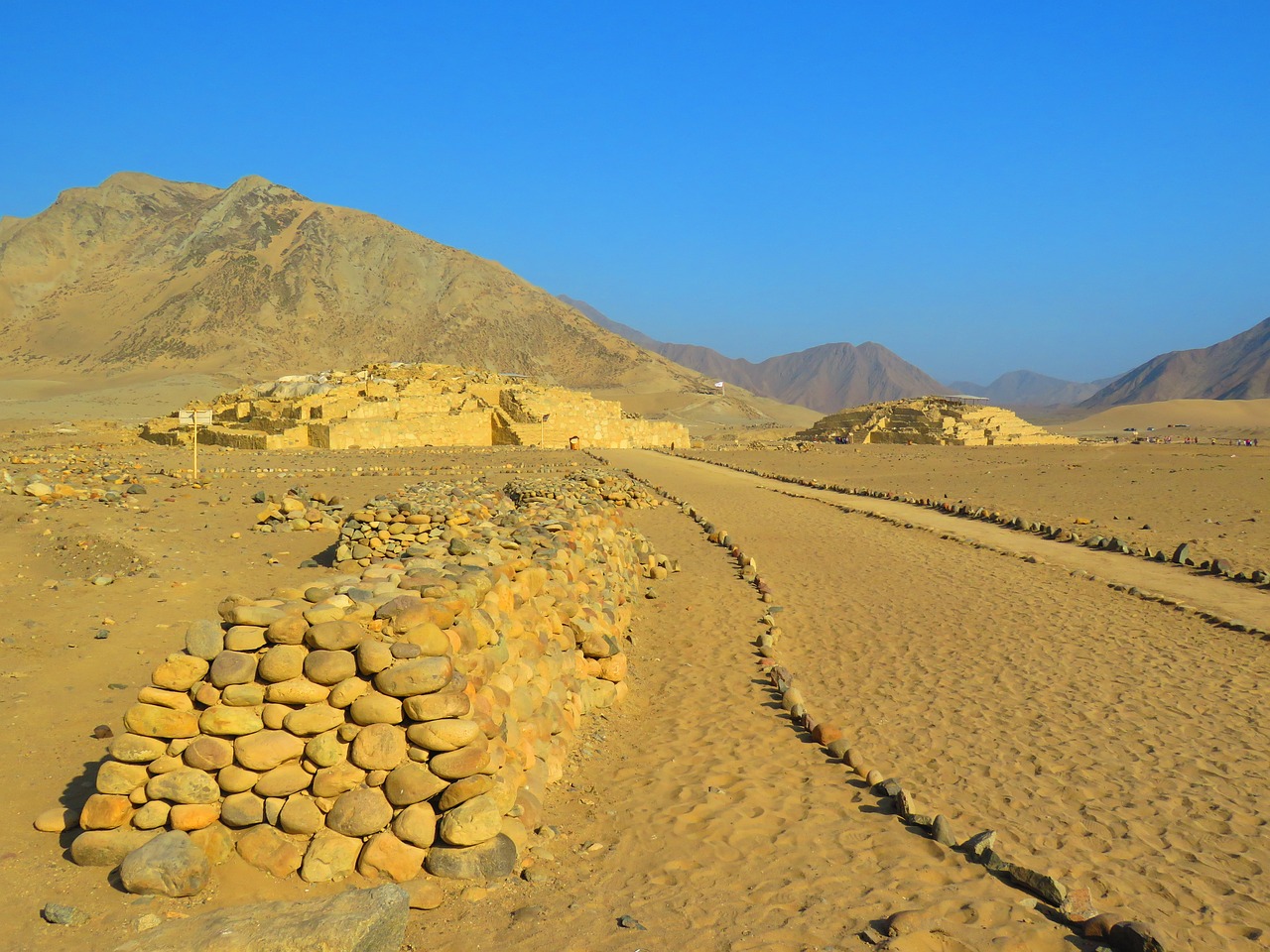
Wari Culture
The Wari culture, a sophisticated society that thrived in the Andean highlands before the Inca conquest, left a lasting impact on the region with its advanced societal structure and architectural achievements. The Wari people, also known as the Huari, established a vast empire that stretched across present-day Peru from around 600 to 1000 AD.
One of the remarkable aspects of the Wari culture was their urban planning and engineering skills. They constructed elaborate cities with well-designed drainage systems, agricultural terraces, and monumental structures. The capital city of the Wari Empire, located near present-day Ayacucho, featured impressive stone buildings and plazas that showcased their architectural prowess.
The Wari were also known for their intricate textiles and sophisticated metallurgy. They produced finely woven textiles with intricate designs, showcasing their artistic abilities. Additionally, the Wari excelled in metalwork, creating intricate gold and silver ornaments that reflected their craftsmanship and aesthetic sensibilities.
Religion played a significant role in Wari society, with the culture exhibiting a rich spiritual and ceremonial life. The Wari built grand temples and ceremonial centers where rituals and offerings were conducted to honor their deities. These religious practices were integral to the cultural identity of the Wari people.
Trade and communication were vital components of the Wari culture, as evidenced by the extensive network of roads and pathways connecting different regions of their empire. This facilitated the exchange of goods, ideas, and cultural practices, contributing to the cohesion and prosperity of the Wari civilization.
Despite the decline of the Wari Empire around the turn of the millennium, their legacy endured through the subsequent cultures that emerged in the Andean region. The influence of the Wari culture can be seen in the artistic expressions, architectural styles, and societal structures of later civilizations, including the Inca Empire that followed in their footsteps.
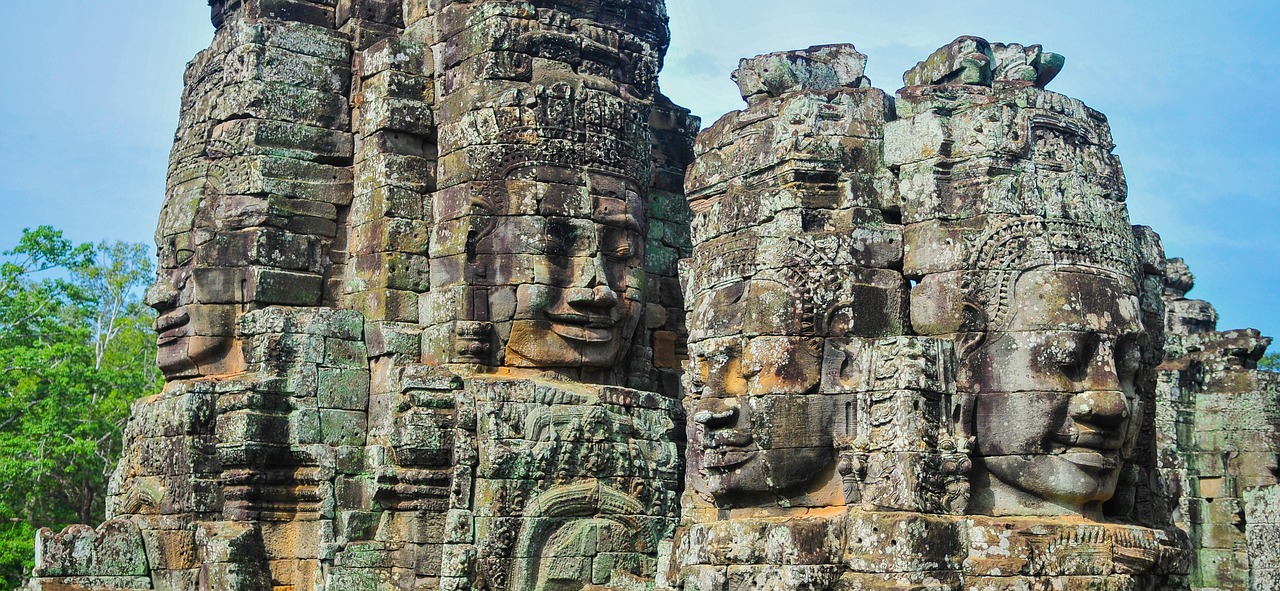
Chachapoya Civilization
The Chachapoya Civilization, famously known as the "Cloud Warriors," was an enigmatic ancient society that thrived in the cloud forests of the Andean region. Their civilization, shrouded in mystery and intrigue, left behind remarkable cliffside fortresses that still stand as a testament to their architectural ingenuity and strategic prowess. The Chachapoya people were skilled in crafting intricate stonework, creating structures that blended harmoniously with the natural landscape, such as the fortress of Kuelap, a massive stone complex perched high on a mountain ridge.
One of the most fascinating aspects of the Chachapoya culture is their unique burial practices. The Chachapoya constructed elaborate sarcophagi and mausoleums high up on cliffs, where they buried their dead along with valuable offerings. These burial sites, like the Revash Funerary Complex, showcase the Chachapoya's reverence for their ancestors and the afterlife, reflecting their spiritual beliefs and cultural sophistication.
Furthermore, the Chachapoya civilization was known for its advanced agricultural techniques, cultivating crops on steep terraced slopes and utilizing sophisticated irrigation systems to support their population. Their ability to thrive in the challenging mountainous terrain demonstrates their resilience and adaptability as a society.
Despite the conquest and eventual assimilation by the Inca Empire, the legacy of the Chachapoya civilization endures through the remnants of their architectural marvels and cultural practices. Exploring the ruins of the Chachapoya settlements offers a glimpse into a bygone era of innovation and resilience, inviting us to unravel the mysteries of this ancient civilization hidden among the clouds.

Cloud Warriors,
The Chachapoya civilization, famously known as the Cloud Warriors, was an intriguing culture that thrived in the cloud forests of the Andes Mountains. These ancient people were skilled builders and architects, constructing impressive cliffside fortresses that still stand as a testament to their engineering prowess. The nickname "Cloud Warriors" reflects their strategic location high in the mountains, shrouded in mist and clouds, which provided them with a natural defense against invaders.
The Chachapoya were known for their unique burial practices, including the construction of elaborate tombs perched on high cliffs. These cliffside mausoleums, such as the renowned site of Kuelap, were adorned with intricate carvings and served as final resting places for the elite members of their society. The Chachapoya's reverence for the afterlife and their elaborate funerary rituals set them apart from other civilizations in the region.
While the exact reasons for the decline of the Chachapoya civilization remain a mystery, it is believed that they faced external pressures from neighboring groups and succumbed to the forces of conquest. Despite their eventual demise, the legacy of the Chachapoya endures through the remarkable archaeological sites they left behind, offering a glimpse into their rich cultural heritage and advanced building techniques.
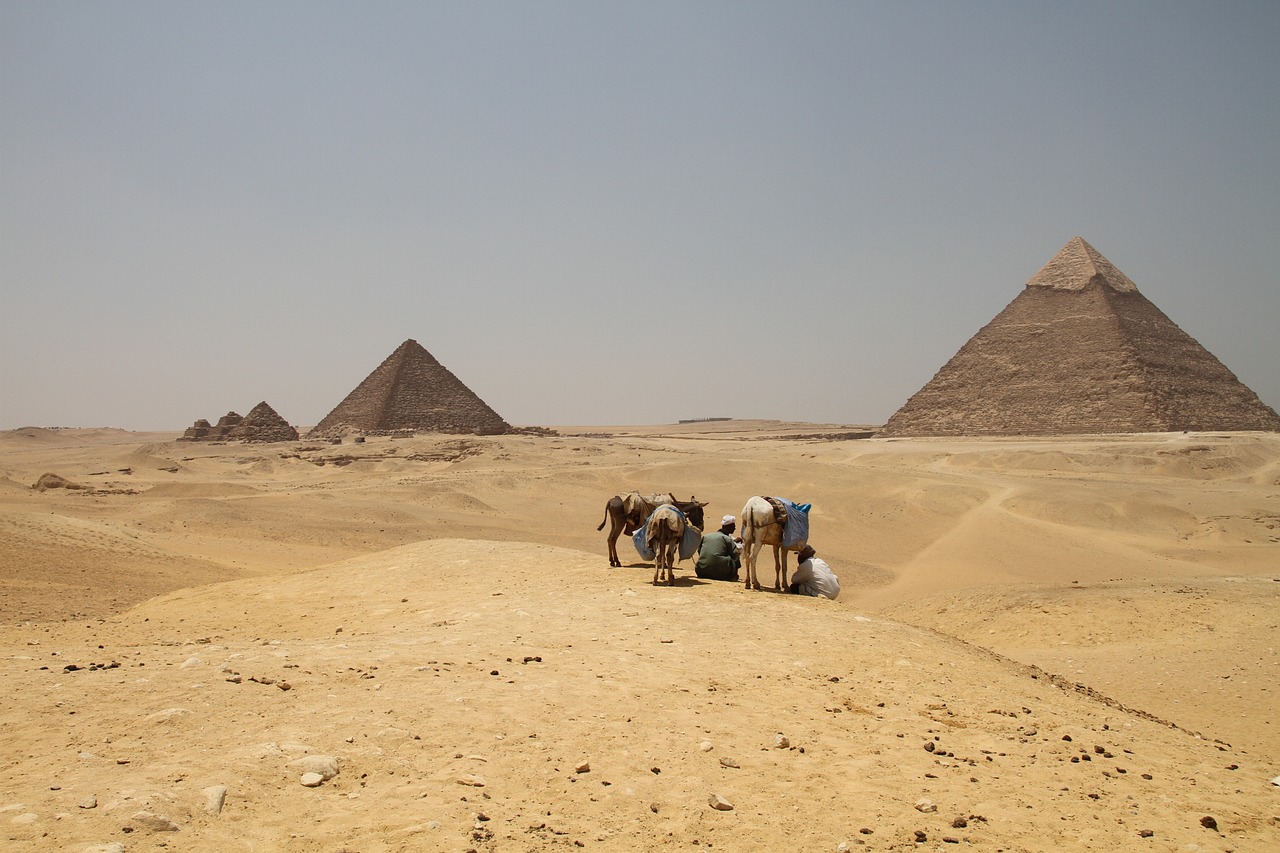
who built impressive cliffside fortresses.
Have you ever wondered about the ancient mysteries hidden within the Andean region? Join us on a journey through time as we uncover the fascinating stories of the forgotten civilizations that once thrived in this majestic landscape.
The Chachapoya civilization, also known as the Cloud Warriors, left a lasting legacy with their remarkable cliffside fortresses. These skilled builders constructed impressive structures perched high on steep cliffs, showcasing their engineering prowess and strategic ingenuity. Imagine the breathtaking sight of these fortresses, standing as a testament to the resilience and creativity of the Chachapoya people.
One of the most famous examples of their cliffside architecture is the Kuelap Fortress, a massive stone structure surrounded by towering walls and intricate carvings. This fortress served as a stronghold for the Chachapoya, offering both protection and a sense of grandeur overlooking the surrounding valleys.
The Chachapoya civilization's ability to construct such elaborate fortresses in challenging terrain speaks volumes about their advanced knowledge of architecture and defense. Their cliffside dwellings not only provided security but also showcased the cultural sophistication and aesthetic sensibilities of this enigmatic civilization.
Exploring the remnants of these cliffside fortresses today offers a glimpse into the ingenuity and artistry of the Chachapoya people, inviting us to ponder the mysteries of their lost civilization and the stories hidden within the stone walls of their ancient strongholds.
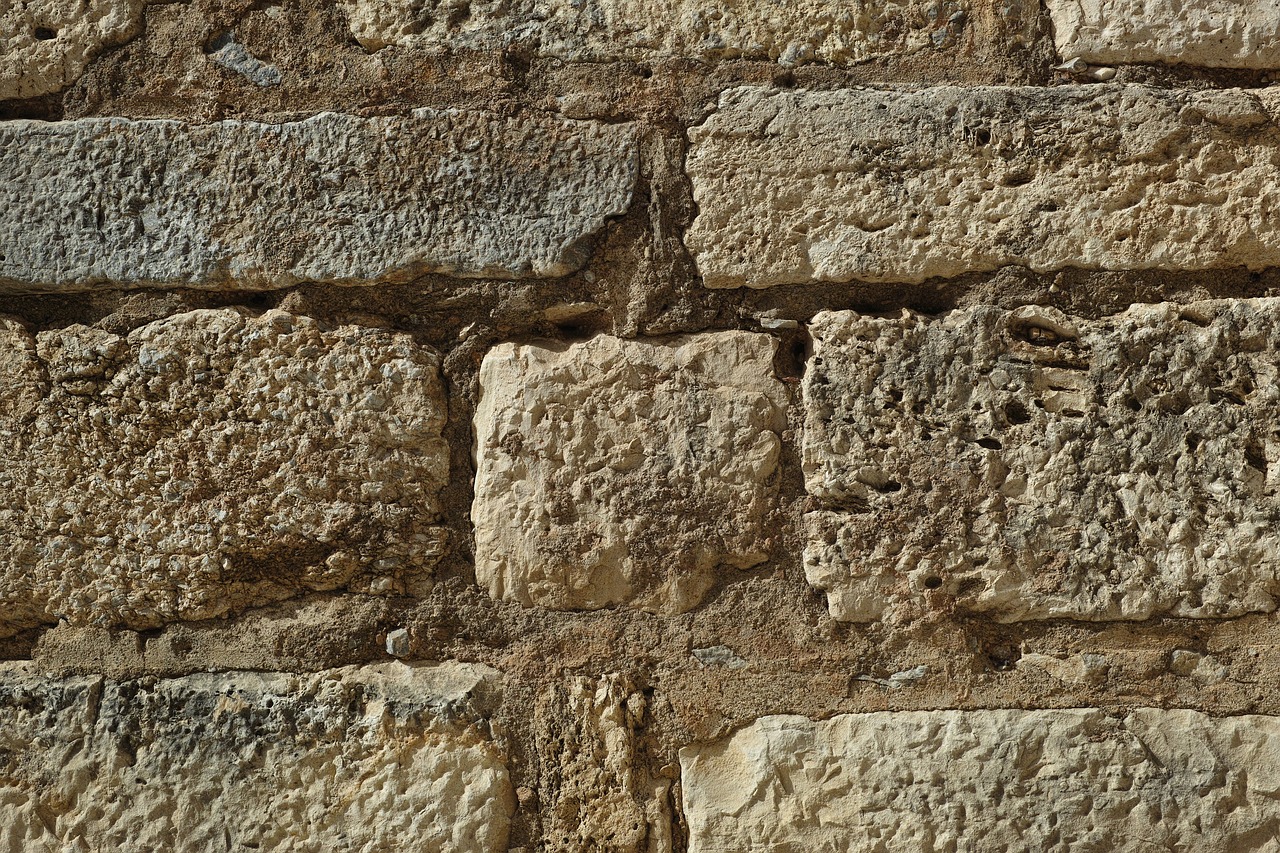
Moche Culture
The Moche culture, also known as the Mochica civilization, thrived along the northern coast of Peru between the 1st and 8th centuries AD. This complex society is renowned for its remarkable artistic achievements, intricate irrigation systems, and elaborate ceremonial practices. The Moche people were skilled artisans, creating stunning pottery adorned with intricate designs that depicted scenes of everyday life, rituals, and mythical creatures.
One of the most fascinating aspects of the Moche culture is their sophisticated irrigation systems that allowed them to cultivate crops in the arid coastal desert. They constructed canals and reservoirs to manage water flow efficiently, enabling agricultural productivity in an otherwise challenging environment. This mastery of irrigation contributed to the prosperity and sustainability of the Moche civilization.
The Moche culture also left behind impressive architectural structures, including massive adobe pyramids and temples. The Huaca del Sol and Huaca de la Luna are iconic Moche sites that showcase the architectural prowess of this ancient civilization. These monumental structures served as religious centers where ceremonies and rituals were conducted to honor their deities.
In addition to their artistic and architectural achievements, the Moche people were skilled in metallurgy, crafting intricate gold and silver ornaments that reflected their social status and religious beliefs. They were also adept in the production of textiles, creating elaborate garments using vibrant colors and intricate patterns.
Furthermore, the Moche culture had a complex social hierarchy, with distinct classes and specialized roles within society. Priests and rulers held significant power, overseeing religious ceremonies and political affairs. Artisans and farmers played vital roles in sustaining the economy and cultural practices of the Moche civilization.
Overall, the Moche culture represents a fascinating chapter in the history of the Andean region, showcasing the ingenuity, creativity, and cultural richness of this ancient civilization. Through their artwork, architecture, and technological advancements, the Moche people have left a lasting legacy that continues to captivate archaeologists and historians to this day.

Paracas Culture
Exploring the rich history of the Andean region reveals a tapestry woven with the threads of remarkable civilizations that have left an indelible mark on the landscape. From the awe-inspiring architecture of the Chavin culture to the mysterious Nazca Lines etched into the desert, each civilization offers a glimpse into a bygone era of innovation and creativity.
The Paracas culture, flourishing along the southern coast of Peru, captivates with its intricate textiles and elaborate funerary practices. Known for their vibrant textiles crafted with intricate designs and vibrant colors, the Paracas people displayed a mastery of weaving that reflected their rich cultural heritage.
Furthermore, the Paracas culture's funerary practices were elaborate and sophisticated, with the deceased often adorned in ornate textiles and accompanied by valuable offerings. These burial rituals underscored the importance of the afterlife in Paracas beliefs and showcased their reverence for the departed.
Moreover, the Paracas people were skilled in cranial deformation, a practice where the shape of the skull was intentionally altered. This unique tradition was a symbol of status and identity within the Paracas society, highlighting their cultural distinctiveness.
Alongside their artistic achievements, the Paracas culture also displayed a deep connection to the natural world, as evidenced by their depictions of animals and marine life in their artwork. This reverence for nature permeated every aspect of Paracas society, from their daily lives to their spiritual beliefs.
Frequently Asked Questions
- What is the significance of the Chavin Culture in the Andean region?
The Chavin Culture is renowned for its impressive architecture and religious influence in the Andean region. Their intricate stone carvings and temples reflect a sophisticated society with deep spiritual beliefs.
- How were the Nazca Lines created?
The Nazca Lines are massive geoglyphs etched into the Peruvian desert by the ancient Nazca people. Theories suggest they may have been created for astronomical purposes, religious rituals, or as markers for water sources.
- What are the main achievements of the Mochica Civilization?
The Mochica Civilization is known for its artistic and technological advancements, particularly in metalwork and ceramics. Their intricate gold and silver artifacts, along with elaborate pottery, showcase their skilled craftsmanship.
- What legacy did the Tiwanaku Empire leave near Lake Titicaca?
The Tiwanaku Empire flourished near Lake Titicaca and left a legacy of impressive stone architecture and advanced agricultural techniques. They were known for their monumental structures and intricate irrigation systems.
- How did the Inca Empire demonstrate advanced engineering skills?
The Inca Empire showcased advanced engineering skills through their impressive stone masonry, such as the renowned Machu Picchu. They also developed an extensive road network and efficient agricultural terracing systems.








